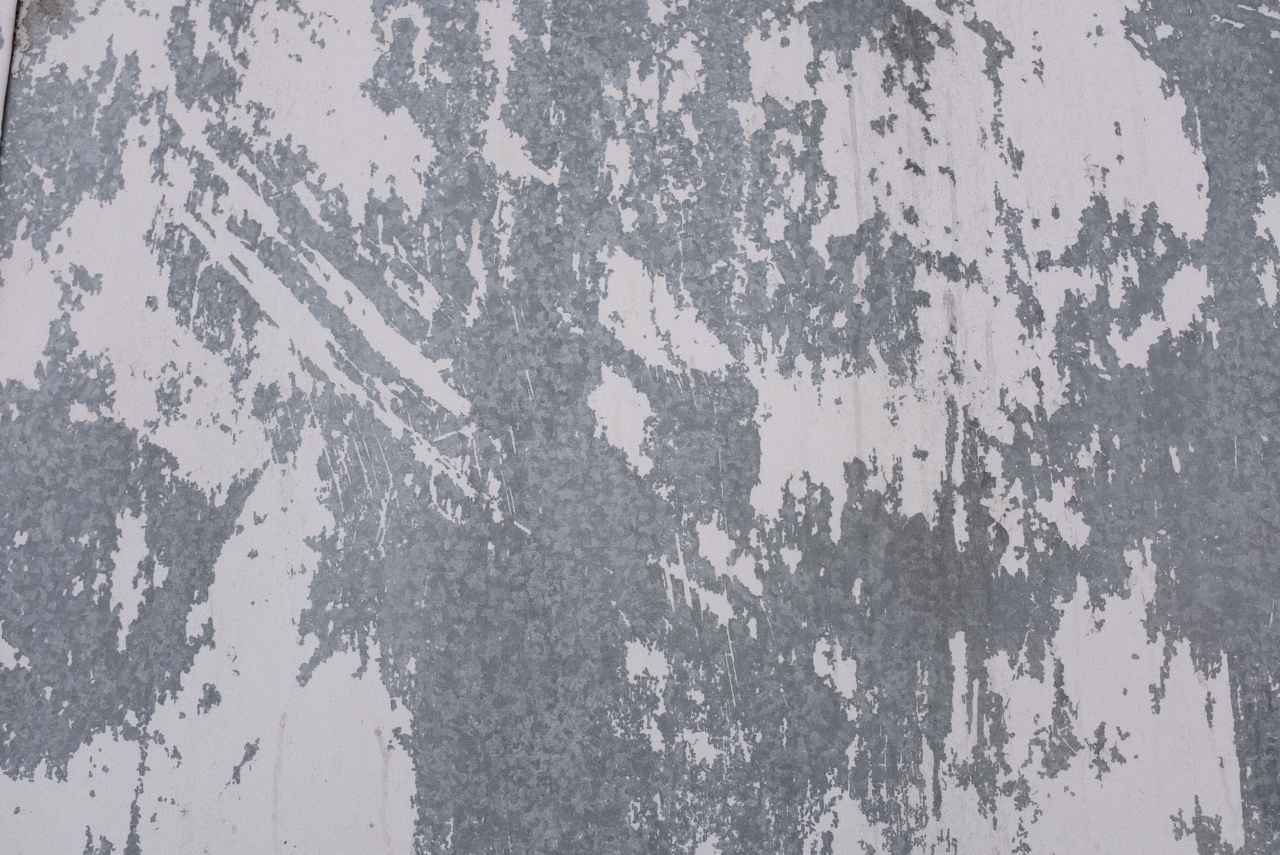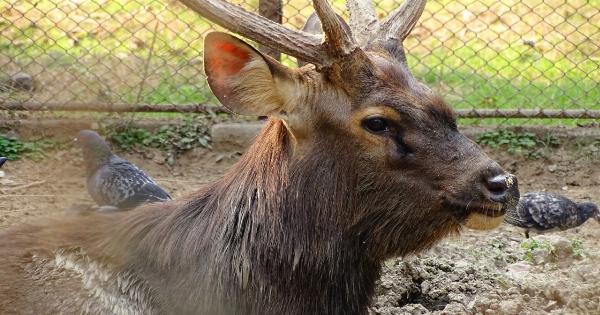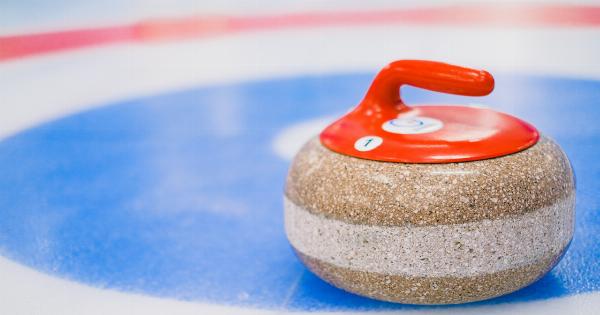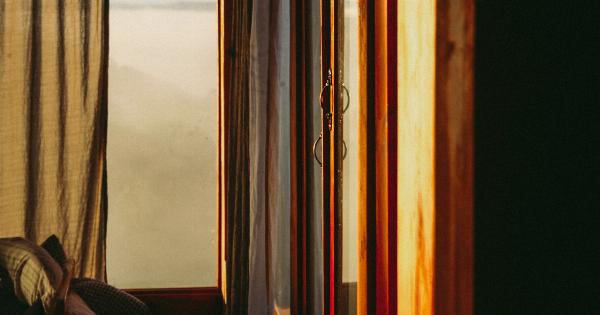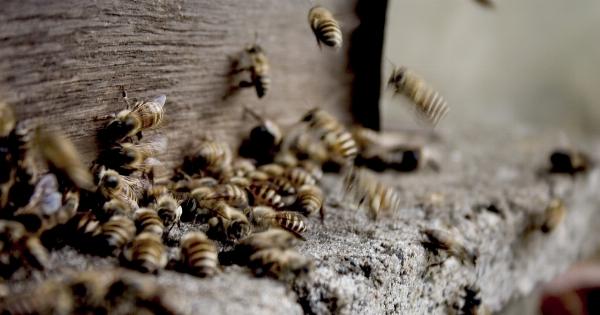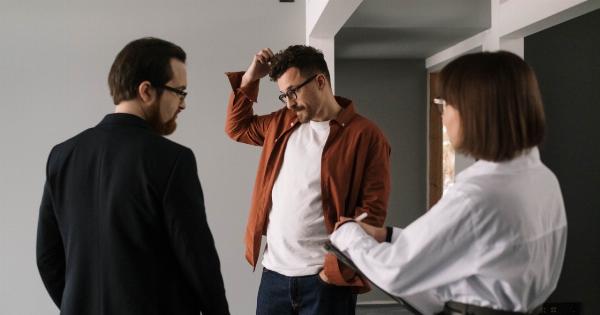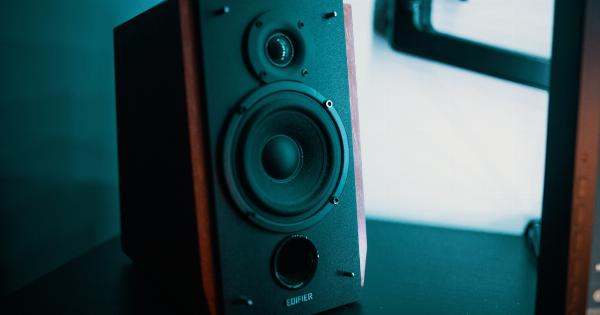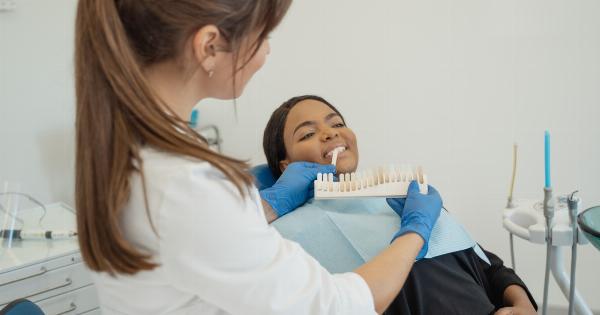Head lice infestation is a common problem among school-age children and can be a cause of embarrassment, discomfort, and inconvenience.
They are tiny insects that feed on blood from the scalp and lay eggs on hair strands, making it difficult to get rid of. Fortunately, there are several effective methods to remove all lice.
1. Manual Nitpicking
Manual nitpicking is the process of removing lice and their eggs or nits by hand using a fine-tooth comb. You will need a good quality lice comb and a magnifying glass to look for and remove all the lice and nits. To do this method:.
- Apply oil or conditioner to the hair to make it easier to comb through and to suffocate the lice
- Divide the hair into sections
- Place the comb at the hair root, and pull the comb to the ends of the hair strands
- Wipe the comb on a tissue to remove any lice or nits
- Repeat the process until you have covered the entire head and all of the hair strands
- Wash the hair with shampoo and hot water, before using the lice comb again to remove any remaining nits or eggs.
2. Chemical Treatments
Chemical treatments involve using over-the-counter or prescription shampoos, lotions, or creams that contain insecticides that kill the lice and their eggs.
Before using any of these products, it is important to read the instructions, follow them carefully, and speak to a healthcare professional if you have any concerns. Shampoos, lotions, and creams may:.
- Be applied directly to the scalp and hair:
- Be left on for a specific amount of time
- Be washed out with warm water
- Be repeated after one or two weeks to ensure all lice and nits have been removed.
3. Heat Treatment
Heat treatment involves using a hair dryer or clothing dryer to suffocate and kill the lice and their eggs. To do this method:.
- Wash and dry all bedding, clothing, and towels that may have come into contact with the infested person
- Dry the hair using a hair dryer set on high heat, moving it around the head slowly for 20-30 minutes to ensure the temperature reaches 130°F
- Use a special steam machine specifically designed to kill lice, which emits blasts of hot air at a temperature of 140-150F
- Repeat the process two or three times to ensure all lice and nits have been removed.
4. Home Remedies
Home remedies involve using natural products that may help treat lice infestation, including:.
- Olive oil
- Mayonnaise
- Vinegar
- Tea Tree Oil
These remedies may be applied to the hair and left on for a few hours before being washed out with shampoo and hot water, and combed through with a fine-tooth comb to remove the lice and nits.
5. Combining Methods
Combining methods such as manual nitpicking with either a chemical treatment, heat treatment or home remedies may prove to be more effective in the removal of all lice.
Each method targets a different stage of the lice life cycle, ensuring a greater chance of success and reducing the risk of re-infestation.
6. Prevention is better than cure
Prevention is always better than cure when it comes to lice infestation. Here are some simple steps you can take to reduce the risk of getting lice:.
- Avoid sharing combs, brushes, hats, and other personal items with others
- Avoid head-to-head contact with others, especially when playing
- Wash clothing, bedding, and towels regularly, especially those of an infested person
- Teach your children about lice and the importance of not sharing personal items
Conclusion
Head lice infestation can be a frustrating and embarrassing experience. However, with the right methods, it is possible to remove all lice effectively.
Combining methods may prove to be more effective in eliminating lice and reducing the risk of re-infestation. Remember to take precautions to prevent lice infestation, as prevention is always better than cure.
